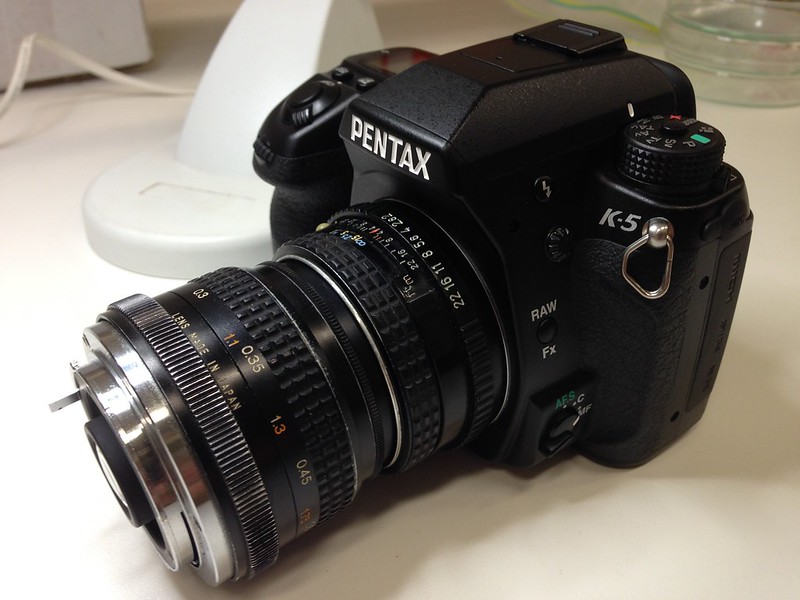 |
| Search this Thread |
| 01-22-2014, 04:45 PM | #1 |
| Shake reduction setting for reverse lens stacking macro | |
| 01-22-2014, 04:46 PM | #2 |
| Last edited by Na Horuk; 01-22-2014 at 04:58 PM. | |
| 01-22-2014, 04:46 PM | #3 |
| Adam PentaxForums.com Webmaster (Site Usage Guide | Site Help | My Photography)    PentaxForums.com server and development costs are user-supported. You can help cover these costs by donating or purchasing one of our Pentax eBooks. Or, buy your photo gear from our affiliates, Adorama, B&H Photo, KEH, or Topaz Labs, and get FREE Marketplace access - click here to see how! Trusted Pentax retailers:    | |
| 01-22-2014, 04:53 PM | #5 |
| 01-22-2014, 04:57 PM | #6 |
| Adam PentaxForums.com Webmaster (Site Usage Guide | Site Help | My Photography)    PentaxForums.com server and development costs are user-supported. You can help cover these costs by donating or purchasing one of our Pentax eBooks. Or, buy your photo gear from our affiliates, Adorama, B&H Photo, KEH, or Topaz Labs, and get FREE Marketplace access - click here to see how! Trusted Pentax retailers:    | |
| 01-22-2014, 05:18 PM | #8 |
| Last edited by Na Horuk; 01-22-2014 at 05:41 PM. | |
| 01-22-2014, 05:47 PM | #9 |
| 01-23-2014, 02:43 PM | #10 |
 |
| Bookmarks |
| Tags - Make this thread easier to find by adding keywords to it! |
| 50mm, body, camera, flickr, front, insect, length, lens, macro, photography, reduction, reverse lens, setup, shake reduction |
 Similar Threads
Similar Threads | ||||
| Thread | Thread Starter | Forum | Replies | Last Post |
| "One-push" setting of shake reduction..... | UpNorth | Pentax K-5 & K-5 II | 6 | 08-04-2012 02:16 AM |
| Reverse stacking for macro onto a 100mm macro lens - 28mm good? | GibbyTheMole | Pentax SLR Lens Discussion | 10 | 04-27-2012 02:56 AM |
| Macro-shake reduction | bjake | Troubleshooting and Beginner Help | 11 | 04-02-2012 03:50 PM |
| Shake reduction setting for macro | Nick Siebers | Photographic Technique | 30 | 03-09-2009 08:15 AM |
| K10D shake reduction manual setting zoom lens | chris hall | Pentax DSLR Discussion | 7 | 02-14-2008 08:38 AM |








 (although sometimes I stack and free hand it)
(although sometimes I stack and free hand it)














